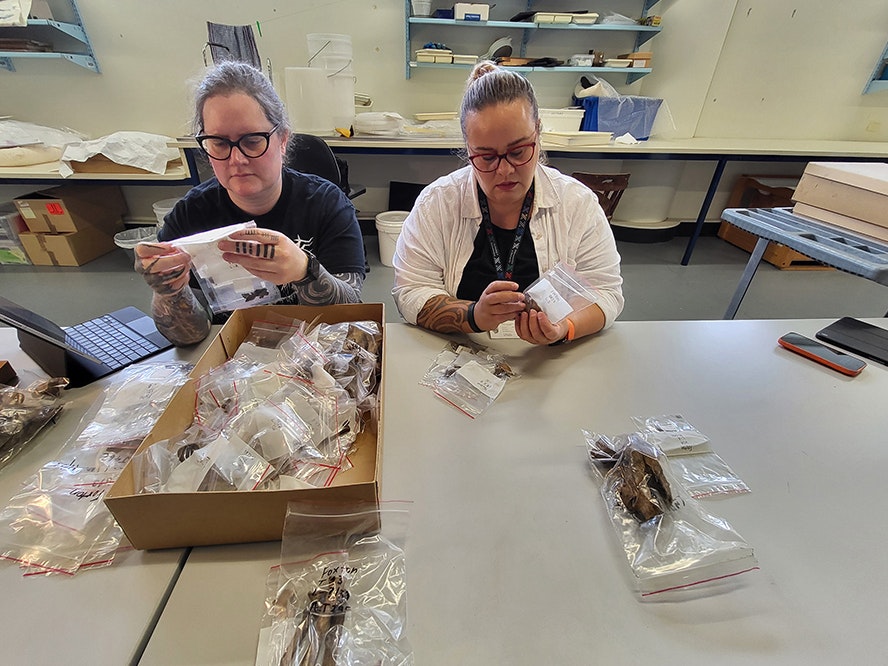Ika moana, ika whenua is a phrase inspired by tohunga tohorā Dr Ramari Stewart, to unite these two projects. It speaks to the relationship between those who live on or are part of the land and those who reside in the sea, the realm of Tangaroa. It also acknowledges the whakapapa connection between tohorā and kauri. It is a way to express how cetaceans (whales and dolphins), who whakapapa to the ika linage, come to be part of the whenua when they return to the land to sustain, provide and enrich us.
While both projects are important and informative in their own right, they work together in an interesting way. These studies will help us understand how the relationship between Māori and cetaceans has changed since people first arrived in Aotearoa by combining mātauranga Māori with techniques used in archaeological science to tell this story.
Follow us on this journey as we explore our connections with ika moana through the stories of our taonga.




